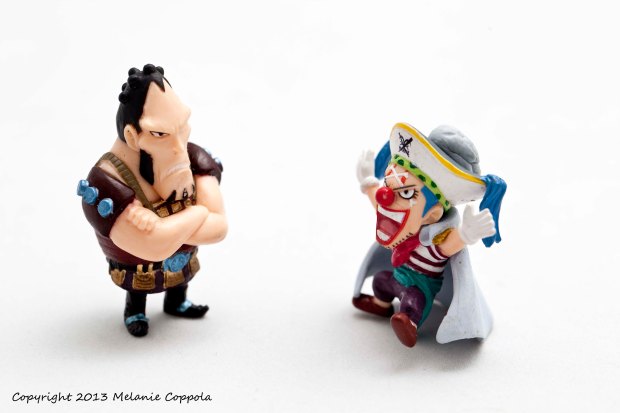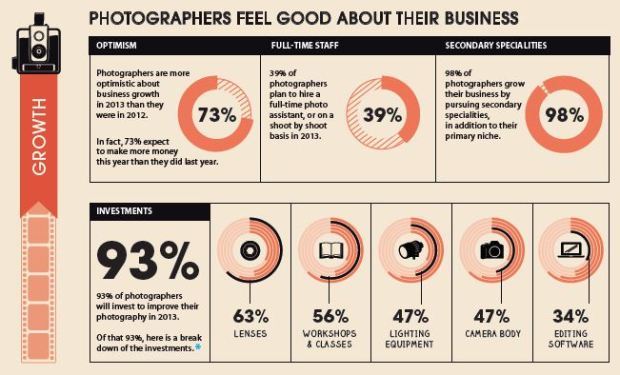Ok, so this post isn’t about the business of photography, but it’s about my new Canon 100mm f/2.8 lens which arrived this week. I’ve coveted this lens for YEARS, and found the money by selling a piece of jewellery that I no longer wore. I acquired a Zeiss lens this way a few ago – in this household, we call it “re-purposing assets”. So really, the lens kinda came from bonus bucks. And as I’m married to another photographer (who shoots with Canon gear), the purchase of new gear for the communal kit bag never really requires much negotiation.
As well as terrorising my kitten all week with close up shots, I’ve played with water drops and leaves out in the backyard. I also have a collection of lego minifigs which find their way into all manner of mischef (and my photography).
When we were out for lunch today, I came across these little figurines. They apparently come from a cartoon series which I’ve never seen, but they looked like a bunch of interesting critters….endless macro fodder! I set up the light tent and had a bit of a play – at one point the kitten wandered into the light tent to see what all the flashing was about. Screwy cat!
The one business parallel I can draw from these little dudes, is that you constantly have to find a way to differentiate yourself – to stand out from the crowd. These little characters demand attention because they are quirky and different (they did with me, anyway!). They’re also a bit out there. Perhaps think about what you do that is different from every other photographer. Is it your photographic style? The way you process images? Your pre- and post-shoot service? Is it your marketing? It all ties in with my previous posts about articulating what you can offer to your potential clients.
Meanwhile, I invite your thoughts as to what each setof characters is saying to each other below 🙂









Recent Comments